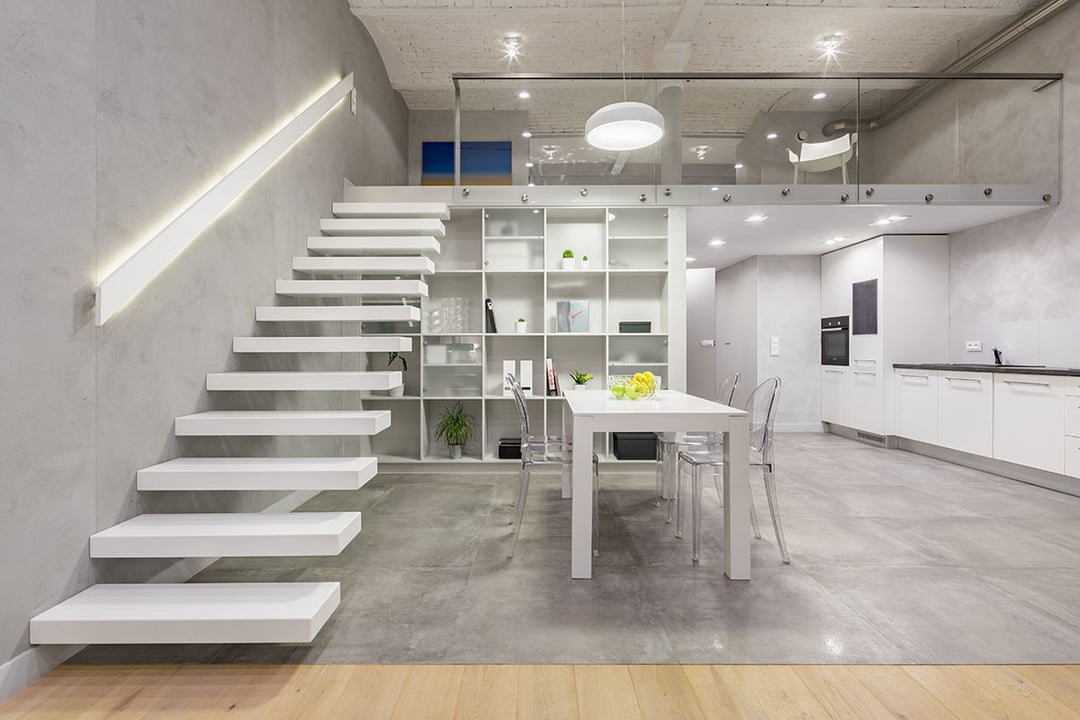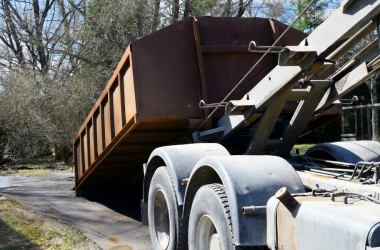Mezzanine floors have gained significant popularity in Singapore in recent years due to their versatility, cost-effectiveness, and ability to optimize space within buildings. These elevated platforms offer a range of benefits for various industries, including warehousing, commercial, and residential sectors. In this article, we will explore the advantages of mezzanine floors in Singapore, discuss the different types available, and highlight the distinctions between mezzanine floors and other types of storage systems.
Benefits of Mezzanine Floors in Singapore
Space Optimization: One of the key advantages of mezzanine floors is their ability to maximize available space within a building. By utilizing the vertical space effectively, businesses can increase their storage capacity or create additional work areas without the need for costly expansions or relocations. This is particularly beneficial in land-scarce locations like Singapore, where space is at a premium.
Cost-Effectiveness: Mezzanine floors offer a cost-effective solution for expanding usable space. Compared to traditional construction methods, such as building extensions or acquiring larger premises, mezzanine floors are relatively affordable. They allow businesses to make efficient use of existing floor plans and avoid the expenses associated with moving or constructing new buildings.
Versatility: Mezzanine floors can be customized to suit specific requirements. They can be designed as storage platforms, office spaces, manufacturing areas, showrooms, or retail zones. This flexibility enables businesses to adapt the mezzanine floor to their unique needs, maximizing its functionality and contributing to operational efficiency.
Increased Productivity: Mezzanine floors provide an opportunity to enhance productivity by optimizing workflow and reducing unnecessary movement within a facility. By strategically locating workstations, equipment, and storage areas on different levels, businesses can streamline operations, minimize downtime, and improve overall productivity.
Improved Safety: Mezzanine floors are designed with safety in mind. They are constructed using durable materials and adhere to stringent building codes and regulations. Safety features such as guardrails, handrails, non-slip surfaces, and fire-resistant materials ensure a secure working environment for employees and visitors.
Different Types of Mezzanine Floors
Free-Standing Mezzanine Floors: These mezzanine floors are independent structures that are not attached to the building’s existing framework. They are ideal for temporary or relocatable applications as they can be easily disassembled and moved to another location if required.
Rack-Supported Mezzanine Floors: Rack-supported mezzanine floors utilize the existing racking system for support. This type of mezzanine floor is suitable for warehouses and distribution centers, as it allows for simultaneous storage on both the mezzanine and ground levels.
Structural Mezzanine Floors: Structural mezzanine floors are built as permanent fixtures, supported by columns and beams. They offer the highest level of stability and can accommodate heavy loads. This type of mezzanine floor is commonly used in industrial settings with high load-bearing requirements.
The Difference between Mezzanine Floors in Singapore and Other Storage Systems
While there are various storage systems available, mezzanine floors in Singapore offer distinct advantages over alternatives such as traditional shelving, pallet racking, or modular storage solutions.
Flexibility: Mezzanine floors provide greater flexibility compared to fixed storage systems. They can be easily modified, expanded, or relocated to adapt to changing business needs. This versatility sets them apart from traditional storage systems that may require significant modifications or complete replacements.
Space Utilization: Mezzanine floors utilize the vertical space in a building efficiently, allowing businesses to make the most of their available square footage without sacrificing valuable floor space. In contrast, traditional storage systems tend to occupy large floor areas, limiting overall utilization and productivity.
Cost-Effectiveness: Mezzanine floors present a cost-effective solution for expanding storage capacity or creating additional work areas. Their modular construction and ease of installation result in lower costs compared to the construction or acquisition of larger facilities required by other storage systems.
Customization: Mezzanine floors can be customized to suit the specific requirements of businesses, whether it’s for storage, office space, or manufacturing areas. This level of customization is not readily achievable with many other storage systems, which are often limited in terms of flexibility and adaptability.
Conclusion
Mezzanine floors have emerged as a valuable solution for optimizing space and enhancing productivity in Singapore. With their ability to maximize available square footage, cost-effectiveness, versatility, and safety features, mezzanine floors offer numerous benefits to various industries. Their different types cater to diverse needs, from temporary and relocatable structures to permanent fixtures capable of supporting heavy loads.






















